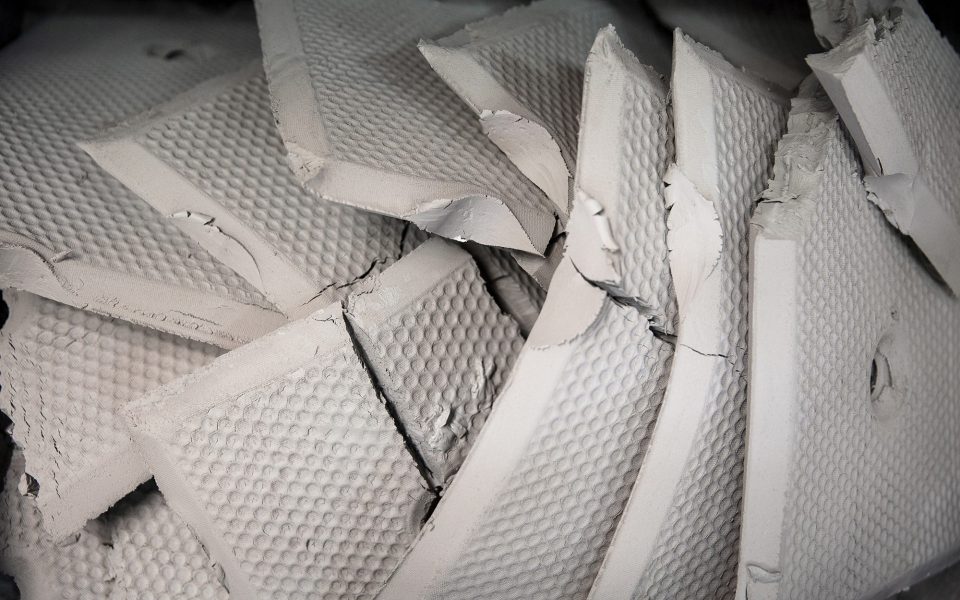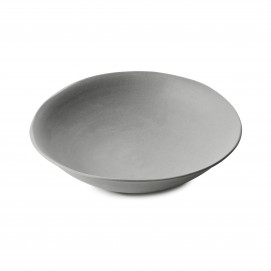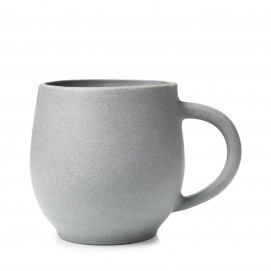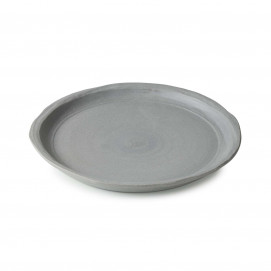Since the dawn of time, humans have worked with ceramics and has used it for utilitarian and decorative purposes. In everyday life, we use it but we don’t necessarily know what to do with it in case we want to dispose it.
Is ceramic a sustainable material? In other words, can ceramic be recycled? Endlessly?
Small reminder of what is discussed here: we will mention here all type of ceramics including porcelain. Remember that porcelain is a type of ceramic (along with earthenware and stoneware).
More durable, less porous, and normally completely white after firing – porcelain clay is a specific type of ceramic. We will therefore focus here on ceramics from a general point of view, which therefore includes porcelain. Porcelain is what Revol manufactures in Saint-Uze.
Ceramics: a millennial use
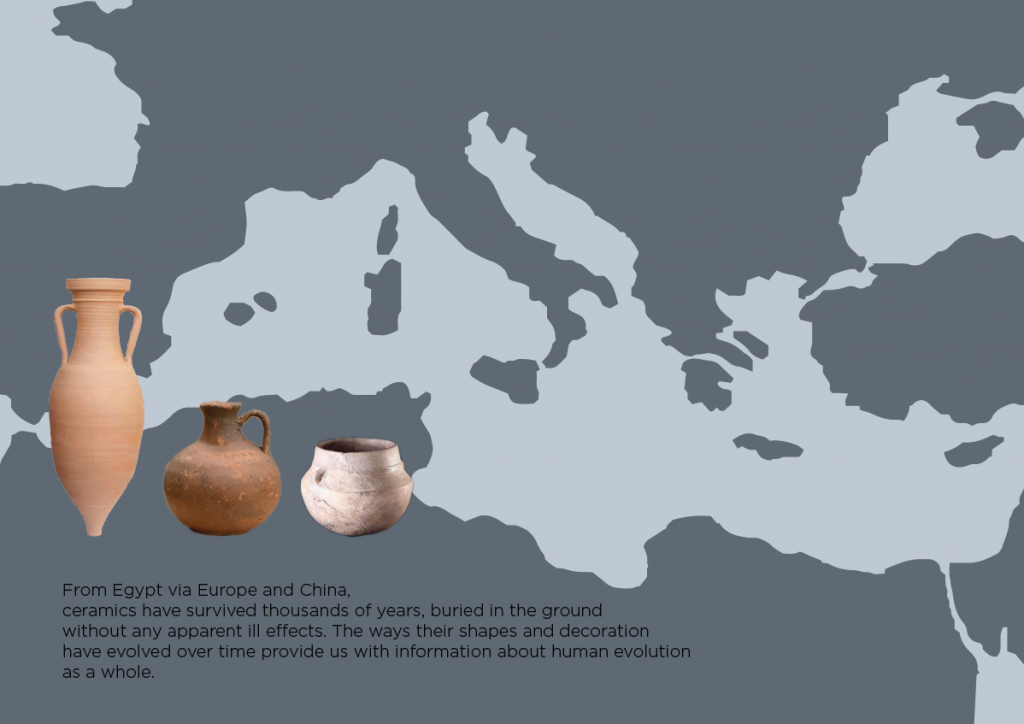
Ceramics seem to appear around the 10th century BC in the Far East. It’s apparently the first “art of fire” practiced by man, long before glassmaking.
Ceramics have long been used to make utilitarian objects to serve, transport and store food, spices or other products.
By the mastery of the human hand and the sensitive gaze of the artist, ceramic
is quickly transformed into an object of Art, a symbol of excellence and a bearer of meaning.
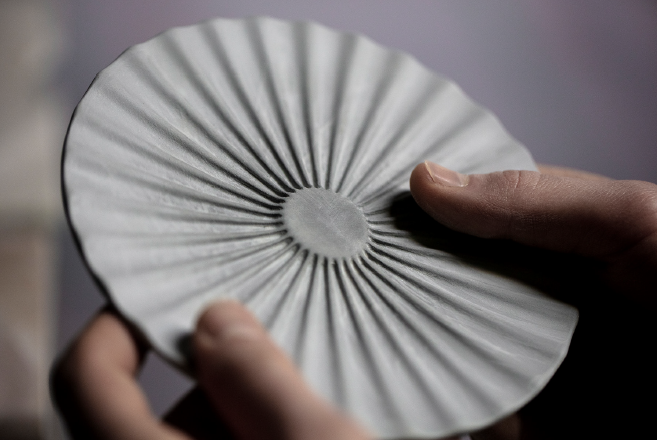
Ceramics are omnipresent in our daily lives
Similar to glass, ceramics are present in our daily lives. But unlike glass, it is not so easy to throw away. It is considered to be more valuable and more durable. And above all, what should we do when we want to get rid of it?
The industry of ceramics in Europe is structured around 9 sectors including construction materials, consumer goods, industrial processes and advanced technologies.
It represents a turnover of 30 billion euros and 200,000 direct jobs. (Source: United Cerame)
Did you do the math? In a house you will find ceramics on your roof, toilets, your tableware and decoration or in pottery.
If ceramic is so present, it is also because it is a technical material that meets new environmental standards. Resistant, non-porous, easy to clean – porcelain is an excellent material.

The organization of a sector to collect ceramics locally and make it a sustainable material
But let’s come back to the life cycle of ceramics and its “chain of life”.
Let’s take a Revol plate as an example. Say you’ve broken a dish, chipped a plate and want to throw it away. In which dumpster will you put this waste?
In France, 4,600 recycling centers collect end-of-life ceramics (sanitaryware, tiles, horticultural pottery, bricks, plates, etc.) in rubble dumpsters. This rubble is then recovered by a local recovery sector which will process the rubble in order to transform it into raw material. But it is still a process that is not fully developed and there is still work to do!
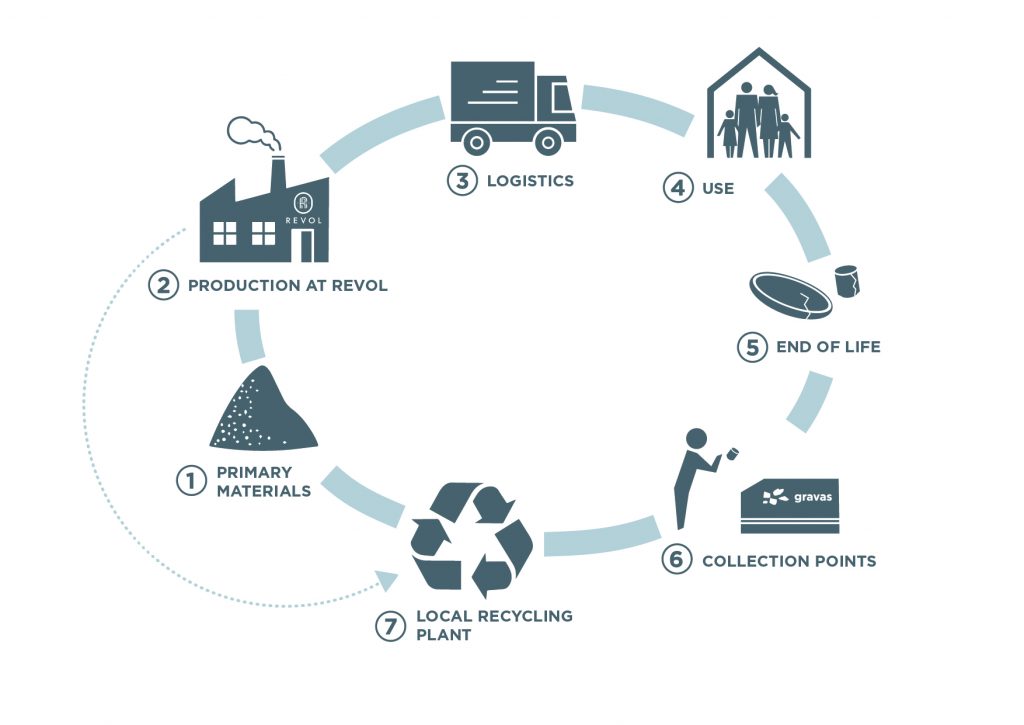
A sustainable material: recyclable, valued in multiple forms
Let’s go back to the “reuse” sector. How is ceramic a sustainable material?
Because it is recycled and valued in multiple forms.
More or less finely ground ceramic is a totally inert material which has the advantage of having no negative impact on the environment. Also, it is endowed with great binding and draining power.
All collections from individuals as well as from the building and construction sector are transformed into ceramic rubble. This rubble will be found in several industries: construction, industry, tableware.
Revol is now actively committed to developing this sector in order to make ceramics fully recyclable and why not, give a second life to this rubble, within our own factory!
One day we may be able to recover this ceramic waste directly, and make a new paste from it to make new dishes!
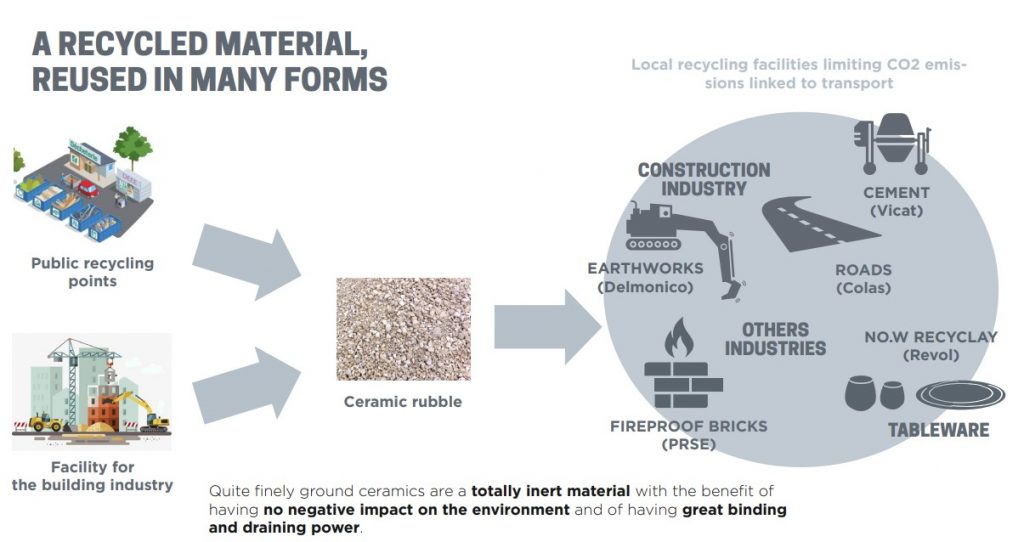
Read also: our article on the No.W collection and how Revol decided to recycle its porcelain and give it a new life… In a plate or a cup!

